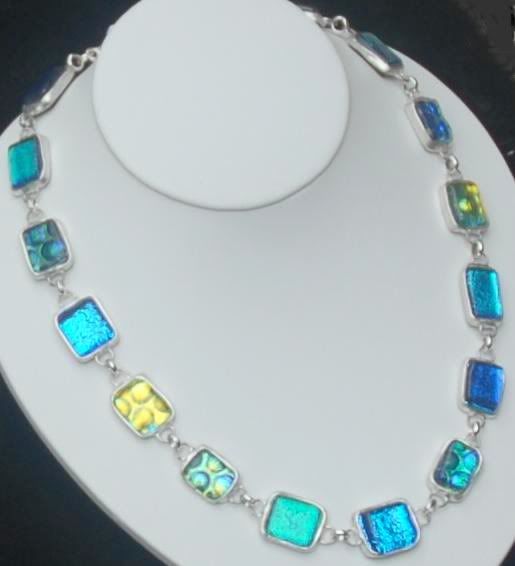
I just adore working with Italian Millefiori. The end result can be so fresh and feminine...not to mention that it is just perfect for spring.
Did you ever wonder about the history of Millefiori? Well here is what I found on Wikipedia....
Millefiori is a glasswork technique which produces distinctive decorative patterns on glassware.
The term millefiori is a combination of the Italian words "mille" (thousand) and "fiori" (flowers). A. Pellatt (in his book "Curiosities of Glass Making") was the first to use the term "millefiori", which did not appear in the Oxford Dictionary until 1849. The beads were called mosaic beads before that time. While the use of this technique long precedes the term millefiori, it is now frequently associated with Venetian glassware.
More recently, the millefiori technique has been applied to polymer clays and other materials. Because polymer clay is quite pliable and does not need to be heated and reheated in order to fuse it, it is much easier to produce millefiori patterns than with glass.
History of Millefiori
The making of Millefiori beads involves two glass making techniques. Until the 15th century, Murano glassmakers were only producing drawn Rosetta beads made from mould-made Rosetta canes. Rosetta beads are made by the layering of a variable number of layers of glass of various colors in a mould, and by pulling the soft glass from both ends until the cane has reached the desired thickness. It is then cut into short segments for further processing. The murrine used for decorative purposes were manufactured by applying the same technique, and sold to the lamp workers who made Millefiori beads by weight.
Creating Millefiori
The millefiori technique involves the production of glass canes or rods, known as murrine, with multicolored patterns which are viewable only from the cut ends of the cane. Millefiori beads are made of plain wound glass bead cores. Thin slices of cut cane (murrine) are being pressed into the bead surface, forming mosaic-like patterns, while the glass is still hot. Millefiori beads can be decorated sparingly with a small number of murrine or they can be covered entirely, either by the same style of murrine, or by a combination of two or more styles, applied to form a flush, smooth surface, or left protruding from the bead. The manufacture of mosaic beads can be traced back to Ancient Rome, Phoenician and Alexandrine times. Although the Millefiori technique was developed in Murano, Italy in the 15th century, the heyday of Millefiori bead manufacture ranged from the late 1800s to the early 1900s.
The Millefiori technique is a labour intensive process. Each Millefiori item is individually and painstakingly handmade.




2 comments:
Great article and wonderful beautiful pieces of art.
Thanks Smokey!!! I adore your work as well....
Post a Comment